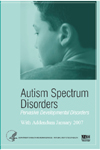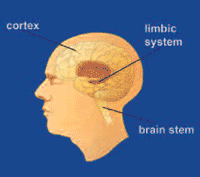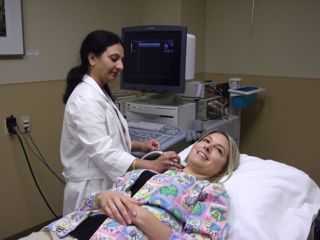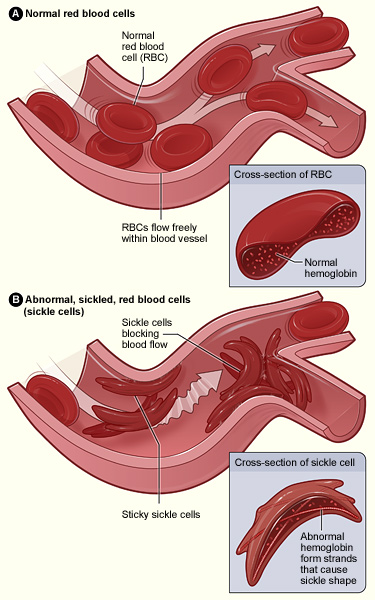Do you remember what happened? “I don’t remember getting hit,” states Ronelle McNeil, a senior and a football player at Hazelwood East High School in Hazelwood, MO. McNeil suffered a concussion. Should athletes be allowed to return to a game before their brain has had adequate time to heal?

While playing sports, such as football, cheerleading, hockey, soccer, basketball, baseball, and softball, athletes may suffer a traumatic head injury such as a concussion. Concussions can occur when an athlete has both mild and severe blows to the head. “Each year, U.S. emergency departments treat an estimated 135,000 sports- and recreation-related [traumatic brain injuries], including concussions, among children ages 5 to 18,” says the Centers for Disease Control and Prevention.
During a concussion the brain moves violently within the skull. Brain cells from a concussion act similar to those of a seizure. “Athletes who suffer from a concussion tend to have brain cells such as those in a coma,” says WebMD.
When an athlete gets a concussion, school trainers tend to them the majority of the time. According to Hazelwood East High School trainer Dave Wiedenger, five athletes have had a concussion this 2010–2011 school year. Wiedenger tells SciJourner that his treatment of a concussion isn’t any different than a doctor. “I get my guidelines from the same place as most sport doctors from the College of Sports Medicine; however most ER doctors and family physicians don’t know these guidelines.”
Trainers may look at the athlete and ask questions as of what had happen and what they are feeling like. Common signs of a concussion are confusion or dazed, slurred speech, nausea or vomiting, headache, dizziness, blurred vision, sensitivity to noise, sluggishness, memory loss, ringing in ears, and concentration difficulties, says the Mayo Clinic staff.
When a trainer discovers that the athlete is suffering from a concussion they would have them avoid physical contact. But is avoiding physical contact for a couple of days enough time for your brain to heal? “They have to sit out seven days after their symptoms are gone,” says Wiedenger.”
The California Athletic Trainers’ Association (CATA) states that,“While a class may teach coaches and referees the common symptoms to look out for, it’s not always cut and dry. “Sometimes the signs of a concussion can be subtle or might not even appear immediately,” says Michael West, President of CATA. “In some cases an athlete might have received what looked like a glancing blow, but there’s still a chance of concussion—certified athletic trainers can spot these instances and act accordingly because we’re experts on concussions.”
McNeil tells Scijourner that his doctor recommended that he sit out for two weeks.
On April 19, 2011, the Illinois High School Association adopted a new policy that states, “In cases when an athlete is not cleared to return to play the same day as he/she is removed from a contest following a possible head injury (i.e., concussion), the athlete shall not return to play or practice until the athlete is evaluated by and receives written clearance from a licensed health care provider to return to play.”
How does a player having a concussion affect the team? “It affects the team mentally, because players are cautious about playing again,” says Hazelwood East High School Coach Brian Simmons. To prevent concussions, Simmons stresses that team members learn “the proper way of tackling.”

This work is licensed under a Creative Commons Attribution-NonCommercial-NoDerivs 3.0 Unported License















